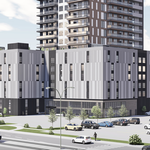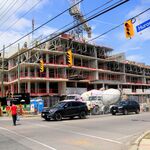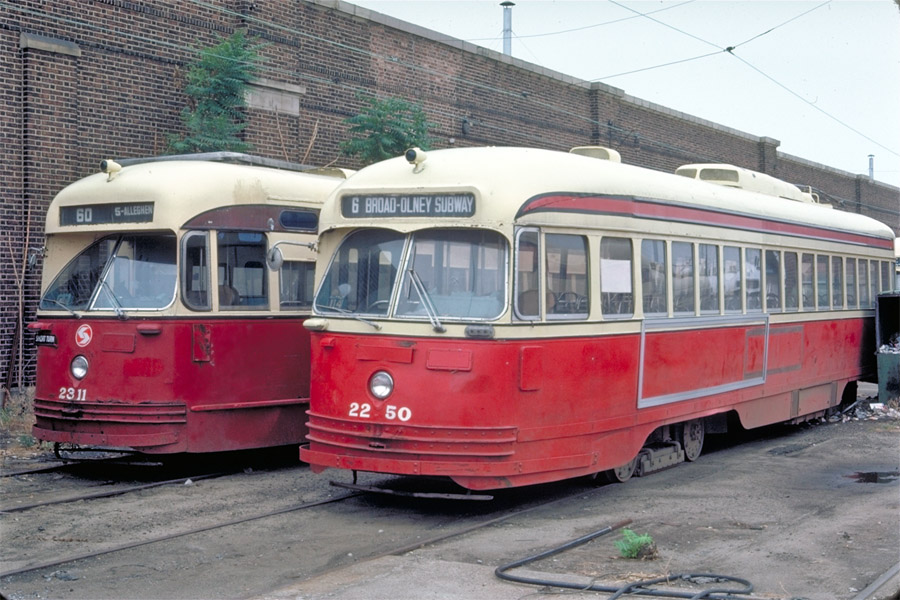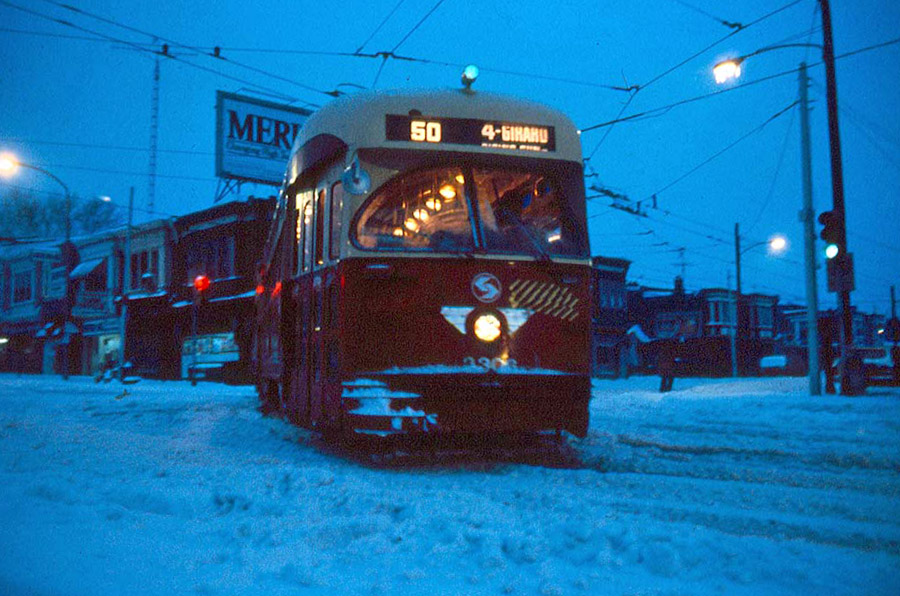Dan416
Senior Member
I read this article in the Times http://www.nytimes.com/2010/11/17/n... the no. 7 to seacaucus? that’s a plan&st=cse
I'm not sure how far that subway is, but it was planned with 2 stops, and they cut one, and it's going to cost $2.1 billion. In comparison to that, the SRT replacement with subway is a bargain (two stations: Lawrence East and STC).
As for their extension to New Jersey being $5.3 billion, it makes you wonder how our Sheppard Subway could cost $6 billion. How can the Sheppard subway cost more to build than a NY subway under a river to NJ?
I'm not sure how far that subway is, but it was planned with 2 stops, and they cut one, and it's going to cost $2.1 billion. In comparison to that, the SRT replacement with subway is a bargain (two stations: Lawrence East and STC).
As for their extension to New Jersey being $5.3 billion, it makes you wonder how our Sheppard Subway could cost $6 billion. How can the Sheppard subway cost more to build than a NY subway under a river to NJ?






